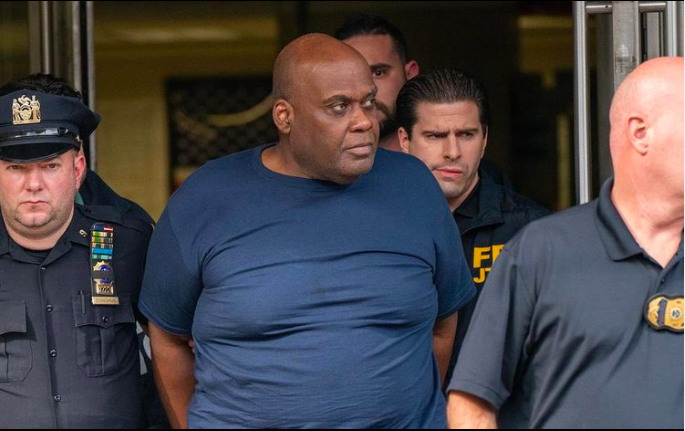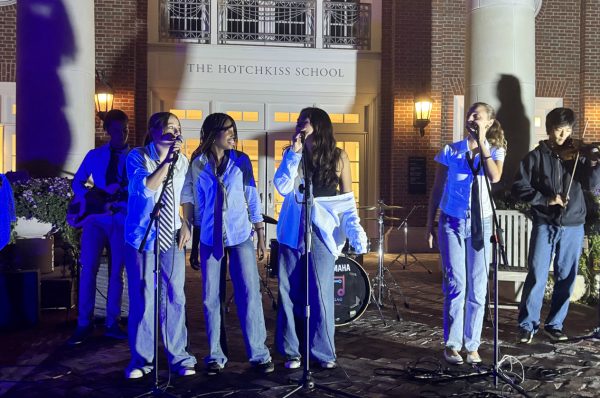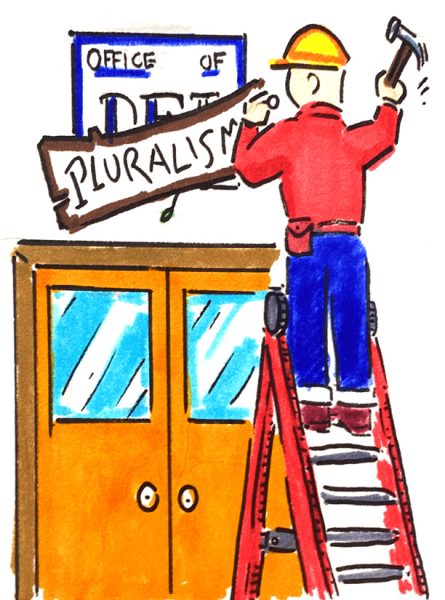Brooklyn Shooting Stokes Fears
Frank R. James unleashed a barrage of bullets in a crowded Brooklyn subway train on the morning of April 12, injuring 18 people and critically hurting another five. The attack marked the most severe instance in a recent outbreak of violence on the city’s public transit system, heightening concerns among New Yorkers about its safety and frustrating government officials, who were already struggling to assuage such fears.
Videos posted online show panicked subway passengers in smoke-filled train cars where officials say Mr. James released two smoke grenade canisters before opening fi re with a handgun. Bystanders attempted to help by applying pressure to gunshot wounds while others led victims to safety by directing them to exits once the train pulled into the 36th Street station.
Mr. James escaped on foot amidst the panic, inciting a city-wide effort to identify and apprehend him. According to Mayor Eric Adams, a malfunctioning security camera in the station obstructed the polices’ effort. Consequently, officers scrambled to cover subway exits and locate security footage that might have captured the shooter fleeing.
Shortly after the attack, police found the U-Haul vehicle Mr. James had rented to carry out the attack, along with several fi rearms and numerous rounds of ammunition. He was named as a person of interest by Mr. Adams on the evening of April 12, a designation that was elevated to “suspect” hours later.
The 29-hour manhunt, involving hundreds of police officers and a $50,000 reward for information leading to an arrest, ended when police captured Mr. James in the East Village on the morning of April 13 after he called Crime Stoppers to turn himself in.
He was charged by the Federal District Court for committing a terrorist act on a mass transit system. Prosecutors accused Mr. James of methodically planning the attack, donning a construction worker’s vest and carrying a gasoline canister, fi reworks, smoke grenades, and handguns onto the packed subway car. Mr. James had previously been arrested twelve times for low level offenses, including possession of illegal weapons, trespassing, and disorderly conduct.
Investigators later uncovered videos Mr. James had posted to YouTube in which he criticized racism and the city’s new mayor, and spoke openly about his mental health struggles. The videos grew increasingly violent in the days leading up to the attack. One accused Black women of instigating violence among the Black community and another criticized Mr. Adams, the mayor, for allowing homeless people onto the subway.
The April 12 shooting came amidst an increase in violence on New York’s public transit systems, a trend that has concerned city officials. In February, a man killed 40-year-old Michelle Go by pushing her onto the subway tracks, marking the second violent murder on the trains over the course of two weeks.
Students echoed the sentiments of fear and concern. Giulia Hurlock ’23, a New Yorker, said, “There needs to be less easy access to guns and there should be more of a background check on purchasers.”
Another troubling pattern for authorities is the correlation between these violent attacks and the perpetrators’ mental health struggles. Mr. James’s lawyers have requested that he receive psychiatric treatment while in custody. They have also questioned whether he is fi t to stand trial in his current mental state. Jack Bourdeaux ’22, the head of Hotchkiss Democrats, believes the lack of ample mental health support may share some blame for the attack. He said, “People should have mental health resources, people should have economic resources. The number one way to go to prison in the United States is to be poor or have a mental illness.”
The trial will take place in the coming months. If convicted, Mr. James will face a life sentence.





